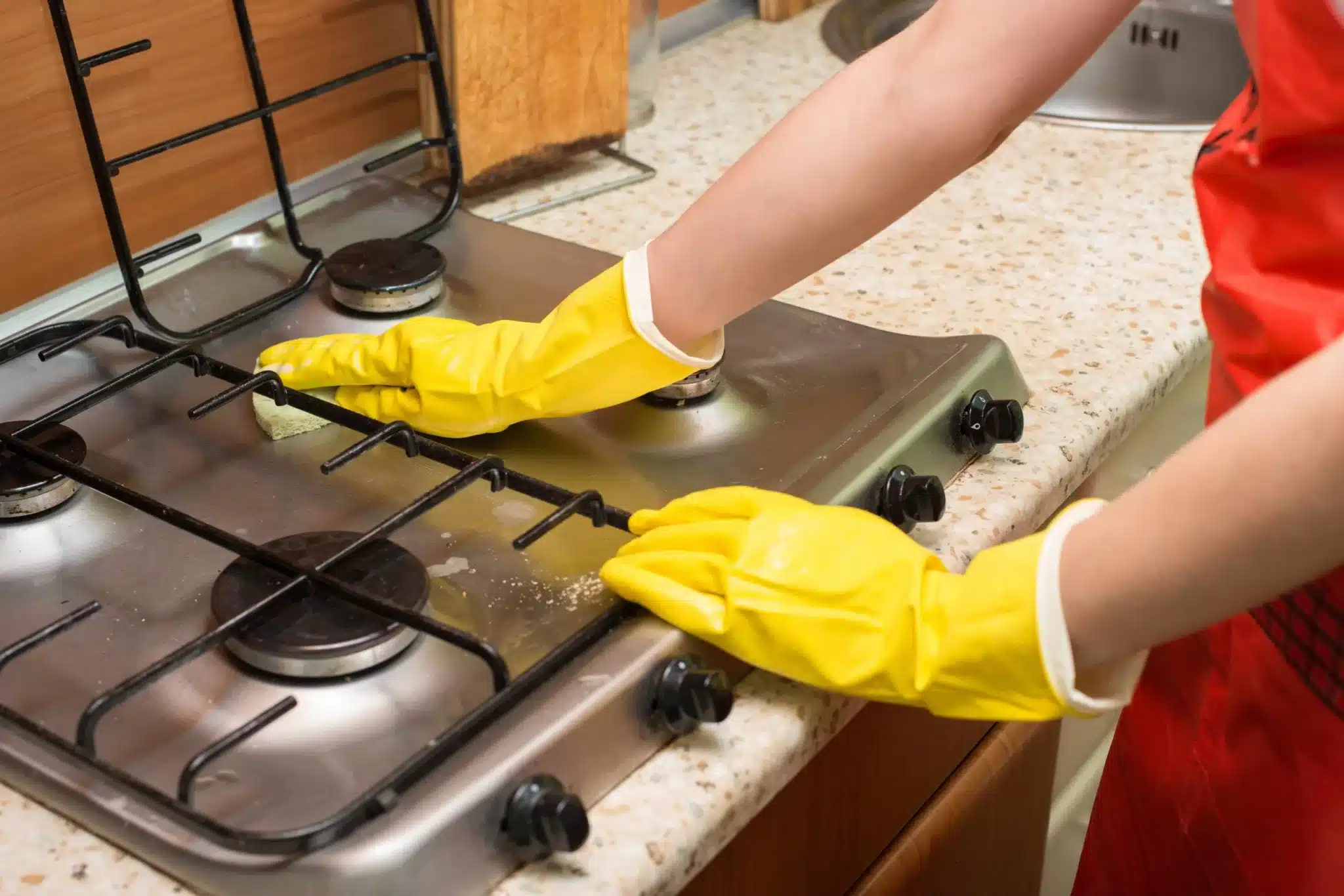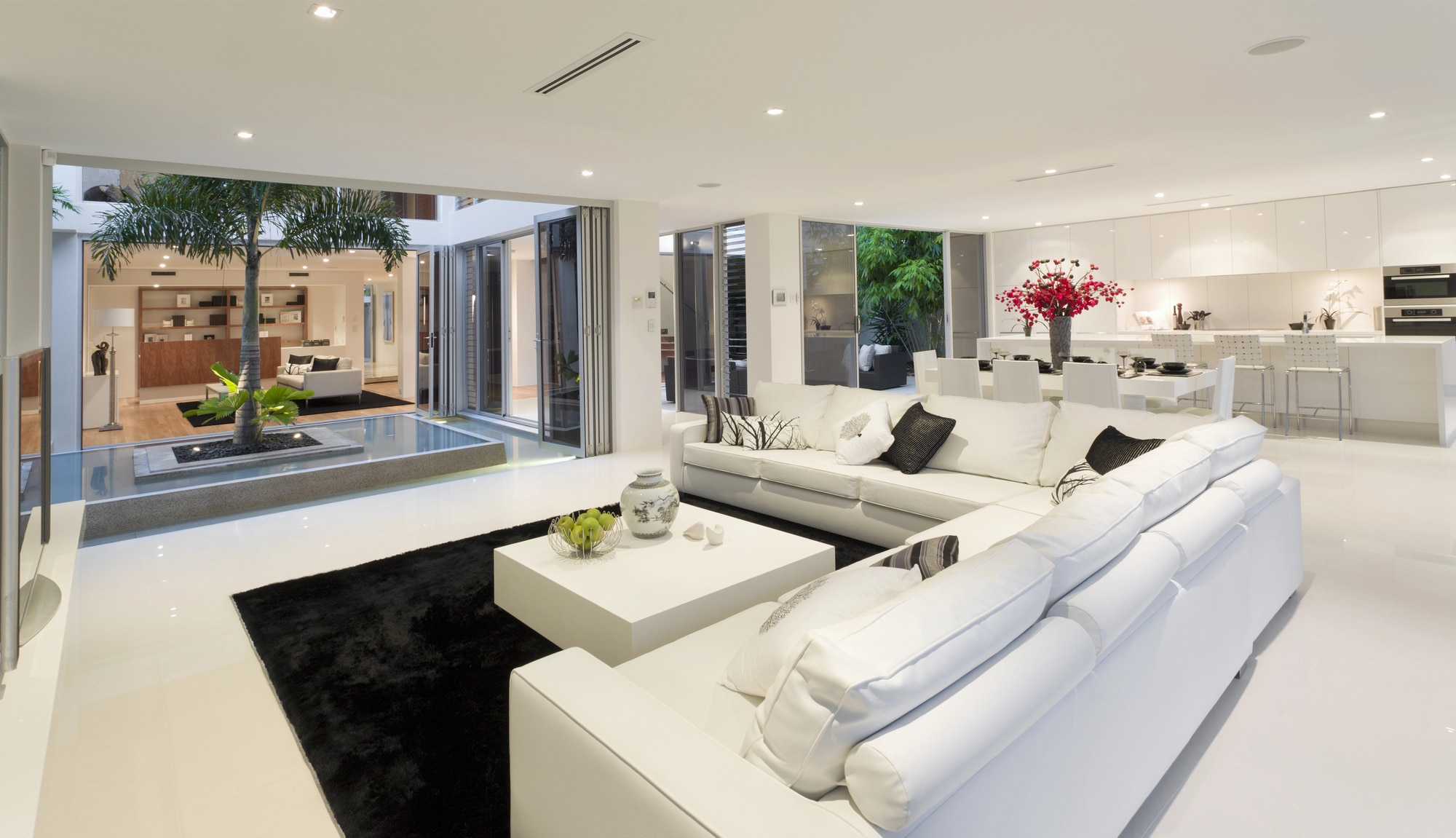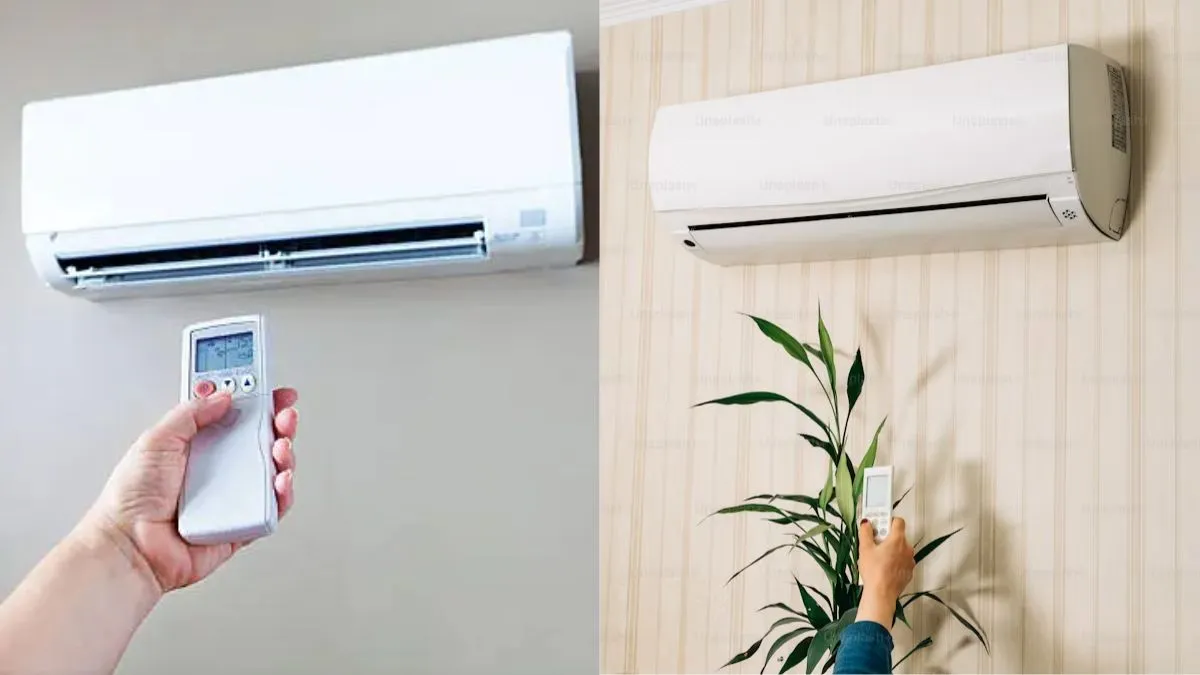How To Choose The Right Hot Tub For Your Home Decor Style
Having a hot tub at home is a bit of a statement, no matter which way you spin it. Yet it can be done tastefully and in a way that blends with your existing decor and tastes, rather than sticking out like a sore thumb.
To prove this is possible, and give you a few pointers on how to achieve it, here’s a look at the main considerations that come into play as you start down the winding road to hot tub ownership.
Aesthetic Aspects to Investigate
Last year the hot tub market generated $4.3 billion for the economy, so there’s obviously strong demand for this feature in a lot of homes. And if you’re thinking of taking the plunge (pun intended) with your own hot tub purchase, you obviously need to consider several aesthetic aspects.
Here’s what you need to weigh up to make the perfect match:
Shape and Size
- Square and Rectangular: These are great for modern designs with clean lines.
- Round: This will add a touch of traditional or rustic charm, and so is suitable for cozy settings.
- Compact Models: Clearly ideal for small spaces, smaller hot tubs also won’t overpower the room. And while maximalism might be in right now, for most of us a less-is-more approach is still preferable.
Material Choices
- Wooden Tubs: These are a perfect fit for rustic or Scandinavian interior design themes. They exude warmth and have a natural beauty that’s hard to replicate. And while wood harvesting does account for as much as 10% of all carbon emissions, it’s still more eco-friendly as a material than plastic in the long term.
- Acrylic Shells: Sleek and smooth, they suit contemporary interiors with their glossy finish.
- Concrete Options: This material used in hot tub design can really bring an industrial edge, and it manages to be durable yet stylish. If you’ve already used it for paths and patios, it’s a natural leap to do the same for your home spa setup.
Color Coordination
Matching your hot tub’s color to your home decor is equally important as everything we’ve discussed so far. For example:
- Neutral shades like white, beige, or gray blend seamlessly with most themes. It’s no surprise that for the last 10 years, paint brand Benjamin Moore has sold more of its neutral paint color Revere Pewter than almost any other product – and this is worth reflecting in your hot tub choice.
- Bold colors can make the hot tub a focal point but ensure it complements rather than clashes with your space.
Accessories and Features
Choosing additional elements can also help integrate the hot tub into your decor style. There are a couple of main points to investigate here:
Lighting
Underwater LEDs not only add ambiance but can be coordinated to match room lighting schemes:
- Soft blue lights create calmness that’s evocative of coastal designs.
- Warm yellow lights enhance coziness in rustic setups.
If you do opt for a more tech-heavy hot tub with lighting and modern features, be aware that it will require ongoing maintenance, and that replacement parts will eventually be required.
Thankfully if you buy from a quality hot tub supplies vendor like Easy Spa Parts, the cost of doing so will be more than manageable.
Surrounding Elements
The area around your hot tub impacts its overall aesthetic appeal. For example:
– Wooden decks are fantastic for both modern minimalism and rustic environments.
– Stone tiling works wonders in Mediterranean-inspired spaces or where natural elements dominate.
Placement within Space
Where you place the hot tub affects how it fits within your design:
- Central Position: Makes it a statement piece, ideal in open floor plans.
- Corner Installation: Saves space, and is great for smaller rooms or if you intend to add an intimate feel to an area. If space is seriously tight, think about what you can do to expand it.
Focusing on these top-level aesthetics – shape & size, materials & colors, accessories & features – will help you choose a hot tub that integrates effortlessly into any interior design scheme, rather than jarring against it.
The Last Word
The final thing to point out is that the look and feel of a hot tub is not the only thing you should be chiefly concerned with when making a buying decision.
You also need to look into installation costs, which begin at around $3,000 but can be higher depending on the size and complexity of the model you select.
Then there are the running costs, which include maintenance as well as the energy that they consume during operation. There are a lot of variables at play here, but an average annual outlay of $800 is reasonable to expect.
With these factors in mind, you should be in a position to choose your next move confidently, and enjoy the fruits of your labor once your perfectly-picked tub is set up and ready for that delicious first dip.







